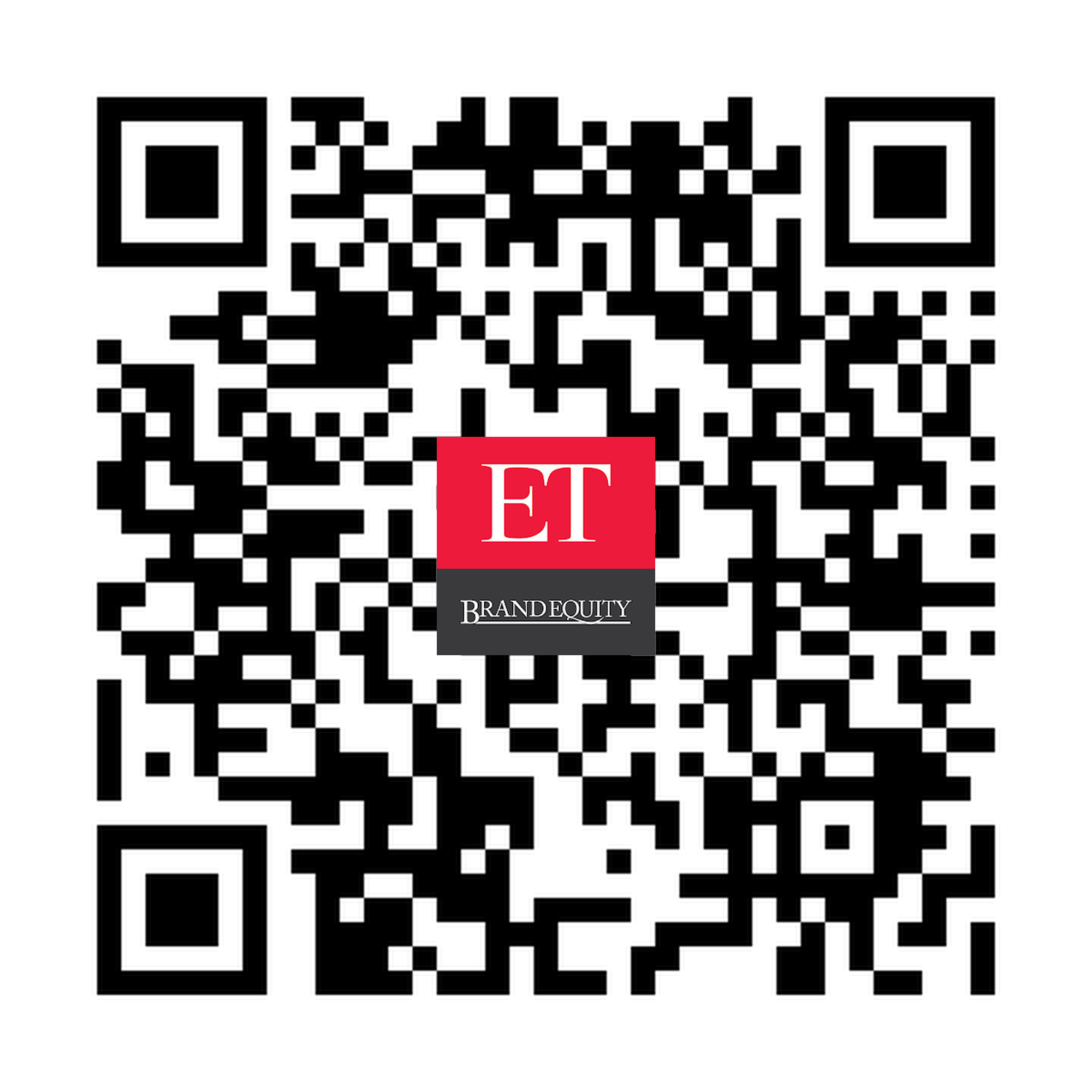In a world where wrists are increasingly dominated by the glowing screens and notifications of smartwatches, the analog timepiece often risks being relegated to a dusty drawer of “heritage”. But if you thought the mechanical marvels were ready for retirement, think again.
Ranjani Krishnaswamy, chief marketing officer, analog watches at Titan Company
However, Titan Company, with its portfolio, are not competing on the functionality of smart wearables; instead, they are repositioning the analog watch as an essential, tangible statement of self-identity for the next generation of Indian consumers, as revealed in an exclusive conversation with ETBrandEquity.com, with Ranjani Krishnaswamy, chief marketing officer, analog watches at Titan Company. Excerpts:
Smartwatches dominate the functionality space, especially with Gen Z. How is Titan reframing the analog watch’s value proposition across its diverse portfolio to make it a must-have statement for personal identity?
The core of Titan’s strategy isn’t selling time; it’s selling an emotional anchor—a token of self-expression. Research confirms that a watch is a visual vocabulary—a window to a person’s identity. This approach is fluidly applied across the portfolio: Titan is for the consumer with a signature identity, where style is a deep, enduring reflection of the core self. The ultimate goal across all brands is to sell an accessory that complements a person’s visual vocabulary.
The rapid decline in smartwatch pricing puts immense pressure on the entry-level analog segment (below INR 5,000). How is Titan addressing this competitive threat and managing the price-value equation?
Titan views itself as a repertoire category—meaning consumers want multiple looks. Our strategy operates on two robust pillars to maintain value against the low-cost smartwatch swarm. First, recognising the need for speed, we launched fast-fashion brands like Poze by Sonata and that mirror the apparel industry’s lifecycle with three frequent drops a year. This agile approach allows consumers to own a trend or aesthetic at an attractive price point. Second, for our main brands, the focus shifts to ingenious storytelling embedded within the watch dial, rather than just raw price.
Whether it’s the UFO (Unidentified Fashion Object) watch from Fastrack, or the Chronos line from Sonata, they are giving consumers a compelling reason to choose analog over pure function. This ensures the purchase communicates genuine value, making it feel like an experience of a lifestyle, not just an item purchased from a discount pile.
What is that one core marketing problem that constantly keeps you up, and how does it influence the balance between driving immediate quarterly sales versus building a long-term brand legacy?
The challenge that causes sleepless nights is the perennial marketing dance between acquisition and retention—managing the here and now versus the future. The core difficulty lies in catering to a market that is not just one India, but “many Indias,” ranging from a ‘strident core’ focused on value to a ‘velvety periphery’ seeking more hedonistic, premium products.
The solution is not relying on discounting, but on value communication. They must build a portfolio that speaks directly to the consumer’s aspirations and the role of the watch in their journey of self-realisation. When a consumer wears a Titan or Fastrack piece, they’re wearing a trend, an aesthetic, a storied identity that has layers they can discuss and seek validation on, thus constantly reinforcing the brand as a lifestyle opportunity over just a functional object.
The consumer journey now starts almost exclusively online, despite Titan’s traditional strength in physical retail. What is the key challenge in bridging digital discovery to a physical point of sale, and how are you solving it?
The biggest challenge is the non-linearity of the consumer journey in an age of information saturation, where discovery happens on Insta, WhatsApp, and physical retail simultaneously. My team’s ultimate mandate is to make every single touchpoint experiential and unified, delivering a consistent brand experience that is agnostic of the channel’s constraints. This means working with multi-brand retailers to infuse the visual world of the brand’s story.
For instance, bringing the space inspiration of the Stellar line into the merchandising at the retail outlet while simultaneously ensuring the own-brand website is able to understand the aesthetic needs of millions of anonymous monthly visitors. The goal is that regardless of the medium, the consumer walks away with something that creates memorability.
How do you resolve the need for culturally rooted, hyper-local campaigns (Tier 2 and Tier 3 India) with the ambition to build brands that possess a universal design language?
I believe the conflict is resolved by focusing on core human truths that are mobile in an increasingly globalised India. She highlights that the Indian citizen today is truly global, their aspirations no longer limited by their immediate geography, but by the possibilities the world holds. The key is rooting the brand in the culture of ingenuity—the spirit of a growing economy that is realising its true potential.
If the brands can truly speak to this culture of ingenuity and the emotion of aspiration, the message will resonate universally, whether the consumer is sitting in a smaller town or on a global stage. The watch, as an accessory of self-expression, needs to complement the identity of a truly global Indian citizen.
What is the strategic role of high-profile limited edition launches, and what measurable impact are you seeing on the core portfolios?
Limited editions are not just vanity projects; they are Titan’s strategic vehicle for premiumising the brand and realising their deepest horological dreams. The success of our first-ever Meteorite Watch, which quickly sold out, gave the brand the license to be more audacious and explore deeper complications and more storied designs. The measurable impact is threefold: they up the brand imagery, they provide access to a new set of consumers looking for highly unique products and critically, they push the internal teams to do more advanced, audacious work. This process directly and indirectly boosts the core portfolio’s perception and overall average selling price.
Beyond revenue, what is one non-traditional marketing metric you track that best indicates the long-term health and cultural relevance of an analog watch brand?
While we look at a basket of quantitative metrics, the most telling and essential tool is the investment in consumer connect hours. Every team member is encouraged to have rich, qualitative conversations with at least 50 consumers a year. This process, combined with analysis of NPS scores and social listening, provides the necessary depth and definition to understand not just what consumers are currently thinking, but the new possibilities the watch category can fulfill in their evolving life stories. The deep insights gathered from these hours, such as the nuances of the modern Indian woman’s identity that inspired the Raga “Glimmers” collection, allow them to craft stories that manifest these aspirations into meaningful products.
If you had a magic wand for one marketing wish, what would it be? And what is one marketing metric you currently find over-hyped?
My ultimate wish would be to be like Mel Gibson in What Women Want—to get into the consumer’s mind the exact moment they look at a watch in a store. To be able to read her first thoughts, to understand her internal dialogue about fashion and how she’s “fashionising” herself with the watch, would provide the most profound and actionable insights.
Regarding an over-hyped metric, the idea of a “generational challenge” with analog watches, arguing that the younger generation is just as vested in lifestyle and self-expression. The focus should not be on panic metrics, but on continuously building knowledge to marry horology (the science) with the art and craft of fashionisation.
If you could give one piece of advice to a new brand just starting to build its marketing team in the accessory or lifestyle space, what would be that one single most important lesson?
The single most important lesson is to find out who you want to be. In the face of countless market forces that will tempt a brand to be all things to all consumers, a brand must stand for something and stand tall. This identity must be meaningful to the core consumer and the brand must avoid the temptation to be someone else for a new customer or something else for an existing one. It’s crucial to go back to the old school concept of defining a brand’s identity and its world and then ensuring that world is dynamic and relevant, rather than simply hopping between worlds to follow the latest trend.
- Published On Oct 27, 2025 at 02:02 PM IST
Join the community of 2M+ industry professionals.
Subscribe to Newsletter to get latest insights & analysis in your inbox.
All about ETBrandEquity industry right on your smartphone!

Images are for reference only.Images and contents gathered automatic from google or 3rd party sources.All rights on the images and contents are with their legal original owners.

